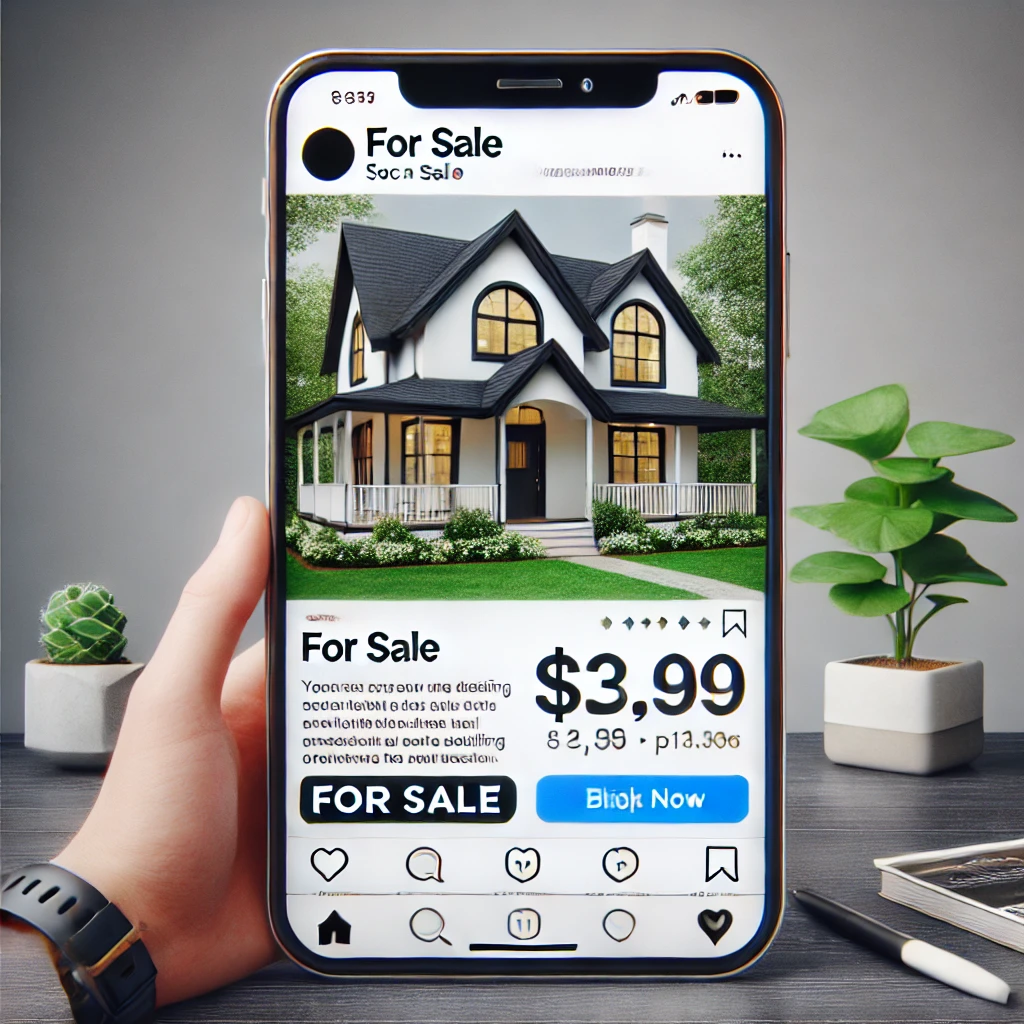Top Real Estate Crowdfunding Platforms: Invest Smarter in 2025
Top Real Estate Crowdfunding Platforms: Invest Smarter in 2025 All this article about Real Estate Crowdfunding Platforms: Introduction Real estate investing has long been one of the most lucrative ways to build wealth. However, traditional real estate investment requires significant capital, property management skills, and market knowledge. This has made it difficult for small investors to enter the market—until now. Real estate crowdfunding is changing the game, allowing investors to pool their money online and invest in large-scale real estate projects with as little as $10 or $500. This method provides access to high-quality real estate investments without the burden of direct property ownership. In this guide, we’ll explore the top real estate crowdfunding platforms in 2025, their features, and how you can start investing with them. Whether you’re a beginner or an experienced investor, this article will help you find the best platform to grow your wealth. 1. What is Real Estate Crowdfunding? Real estate crowdfunding is a digital investment model that allows multiple investors to pool their funds and invest in real estate projects. These investments can be in: Commercial properties (hotels, office buildings, shopping centers) Residential properties (apartment complexes, rental homes) Real Estate Investment Trusts (REITs) Fix-and-flip projects How Does It Work? 1. Investors select a crowdfunding platform (such as Fundrise or Crowd Street). 2. They choose an investment opportunity (e.g., a commercial building or rental property). 3. The platform pools investments from multiple people and funds the project. 4. Investors receive returns in the form of dividends, rental income, or appreciation. Traditional Real Estate vs. Crowdfunding Real estate crowdfunding is an excellent option for those who want exposure to real estate but don’t want the hassle of property ownership. — 2. Key Factors to Consider When Choosing a Crowdfunding Platform Not all real estate crowdfunding platforms are created equal. Here are the key factors you should evaluate before investing: 1. Minimum Investment Some platforms allow investments as low as $10 (Fundrise), while others require $5,000+ (Crowd Street). Choose a platform that fits your budget and risk tolerance. 2. Types of Investments Some platforms focus on commercial properties, while others specialize in residential real estate or REITs. Decide what kind of real estate you want to invest in. 3. Expected Returns & Risks Platforms typically offer returns between 6% and 15% annually. Higher returns come with higher risks. Check each platform’s track record and risk management strategies. 4. Liquidity & Exit Strategy Unlike stocks, real estate investments are not always easy to sell. Some platforms allow early withdrawal options but may charge fees. 5. Platform Reputation & Fees Always check customer reviews, security measures, and fee structures. Some platforms charge management fees (1%-2% annually) or performance fees (10%-20% of profits). — 3. Best Real Estate Crowdfunding Platforms in 2025 Now, let’s dive into the top real estate crowdfunding platforms: that all real estate investors should consider in 2025. a) Fundrise – Best for Beginners Minimum Investment: $10 Returns: 8% – 12% Best For: Small investors & beginners Fundrise is one of the most beginner-friendly platforms, offering low entry costs and a user-friendly mobile app. It allows you to invest in private REITs and earn dividends quarterly. Pros: ✔️ Low minimum investment ✔️ Great for passive investors ✔️ Diversified real estate portfolios Cons: ❌ Limited liquidity (5- years commitment recommended) — b) Realty Mogul – Best for Accredited Investors Minimum Investment: $5,000 Returns: 6% – 15% Best For: High-net-worth investors Realty Mogul specializes in commercial real estate investments. Accredited investors can participate in private equity deals and 1031 exchange properties. Pros: ✔️ Access to premium real estate deals ✔️ Passive income through REITs Cons: ❌ High investment minimum — c) Crowd Street – Best for Commercial Real Estate Minimum Investment: $25,000 Returns: 10% – 20% Best For: Experienced investors CrowdStreet offers high-quality commercial real estate projects across the U.S. It’s best for those looking to invest in office buildings, hotels, and retail centers. Pros: ✔️ Excellent deal transparency ✔️ High return potential Cons: ❌ High investment threshold — d) Yieldstreet – Best for Alternative Investments Minimum Investment: $500 Returns: 8% – 12% Best For: Investors looking beyond real estate Yieldstreet offers diversified investments, including real estate debt, art, and litigation financing. Pros: ✔️ Access to multiple asset classes ✔️ Easy-to-use platform Cons: ❌ Some investments require long-term commitments — 4. Pros and Cons of Real Estate Crowdfunding ✅ Pros: ✔️ Low entry cost (as low as $10) ✔️ No property management headaches ✔️ Passive income through dividends ✔️ Diversified investment options ❌ Cons: ❌ Limited liquidity (can’t sell investments easily) ❌ Market risks (real estate values fluctuate) ❌ Platform fees (can reduce net profits) — 5. How to Get Started with Real Estate Crowdfunding Step-by-Step Guide: 1️⃣ Choose a platform based on your investment goals. 2️⃣ Sign up and verify your account. 3️⃣ Deposit funds (some platforms start at $10, others require more). 4️⃣ Select an investment opportunity (commercial, residential, or REITs). 5️⃣ Monitor your returns and reinvest earnings for long-term growth. 💡 Pro Tip: Start small and diversify your investments across multiple platforms. — Conclusion Real estate crowdfunding is an excellent way to build passive income and diversify your investment portfolio. Whether you’re a beginner with $10 or an experienced investor with $25,000, there’s a platform that fits your needs. If you’re serious about real estate investing, start exploring these platforms today and take your first step toward financial freedom!






